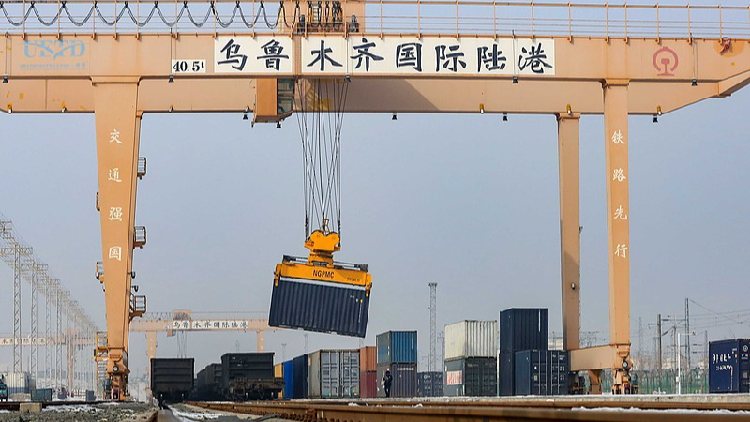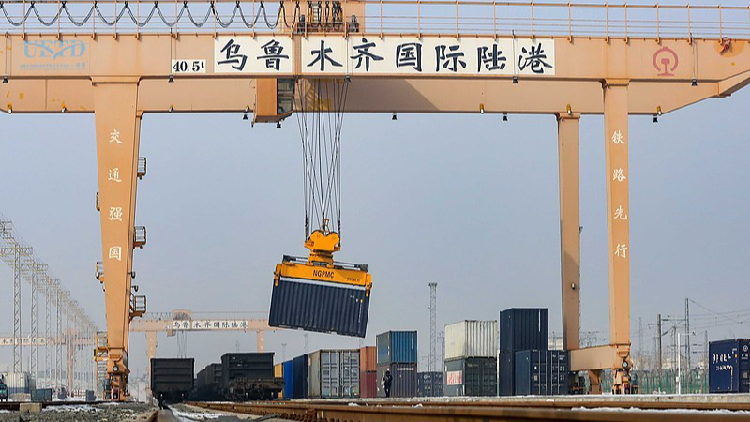Ancient Silk Road hub Xinjiang sees 31% foreign trade growth


<img src='https://news.cgtn.com/news/2024-09-26/Ancient-Silk-Road-hub-Xinjiang-sees-31-foreign-trade-growth-1xdnRmSMSTS/img/ec088075a2fb40e48900aada216d82ab/ec088075a2fb40e48900aada216d82ab.png' alt='A view of the China-Europe Railway Express Hub in the Urumqi International Land Port Area in Urumqi, northwest China's Xinjiang Uygur Autonomous Region, March 7, 2024. /CFP'
Northwest China’s Xinjiang Uygur Autonomous Region saw a yearly rise of 30.9 percent in foreign trade in the first eight months of this year, the local customs authorities said Thursday.
The region’s total import and export volume from January to August reached 285.32 billion yuan (about $40.55 billion), according to Urumqi Customs.
Li Qinghua, deputy head of Urumqi Customs, said the remarkable foreign trade growth in Xinjiang could be partly attributed to the establishment of comprehensive bonded zones, which enhance logistics efficiency, as well as the successful expansion of international markets.
Xinjiang’s trade with countries participating in the Belt and Road Initiative (BRI) rose by 28 percent year on year, accounting for 92.5 percent of the region’s total foreign trade value in the first eight months.
Kazakhstan and Kyrgyzstan were the region’s major trading partners over this period.
Private enterprises in Xinjiang showed a strong performance in foreign trade during the same period, with their trade value soaring 29.6 percent year on year, accounting for 92.5 percent of the region’s total.
The region has exported more high value-added products, including electric passenger vehicles and lithium-ion batteries.
Xinjiang is located at the heart of the Eurasian continent and serves as an important transportation hub in the core region of the Silk Road Economic Belt, an essential component of the BRI, which was proposed by China in 2013.





